In a humanitarian effort to provide aid to the people of Gaza, the US military has conducted relief missions, dropping large wooden boxes of supplies from aircraft stationed at Qatar's al-Udeid air base.
According to reports from the British media outlet BBC, at least 80 pallets of aid were flown in for distribution to the starving population in Gaza. The aid includes ready-meal packets packed into small boxes, which are then placed inside large wooden crates and dropped by parachute.
This week marked the 18th mission conducted by US forces, with support from France, Germany, Jordan, Egypt, and the United Arab Emirates. Despite the logistical challenges and risks involved, including casualties, the relief flights aim to provide much-needed assistance to the people of Gaza.
Tragically, recent incidents have highlighted the dangers associated with these aid drops. At least 12 individuals drowned while attempting to retrieve aid boxes that fell into the sea, while another 6 people were trampled to death during the distribution process.
Hamas, the ruling authority in Gaza, has criticized the aid drops, calling them ineffective and dangerous for civilians. They have demanded a halt to the distribution of relief via parachutes, citing the risk of further casualties.
In response, US officials have emphasized the complexity and risks associated with delivering aid to Gaza. Major Boone, the commander of the relief mission, explained that efforts are made to carefully parachute the aid into open areas on the coast. However, the noise of the aircraft often triggers crowds and rushes among the population below.
Major Ryan DeCamp, a spokesperson for the US Air Force, acknowledged the limitations of the aid drops, describing them as insignificant compared to the scale of need in Gaza. Despite the challenges, thousands of starving individuals in northern Gaza continue to look to the skies in hopes of receiving aid from the ongoing relief missions.
As the humanitarian crisis in Gaza persists, efforts to provide assistance must navigate logistical complexities and address the urgent needs of the population, while minimizing risks to civilian safety.



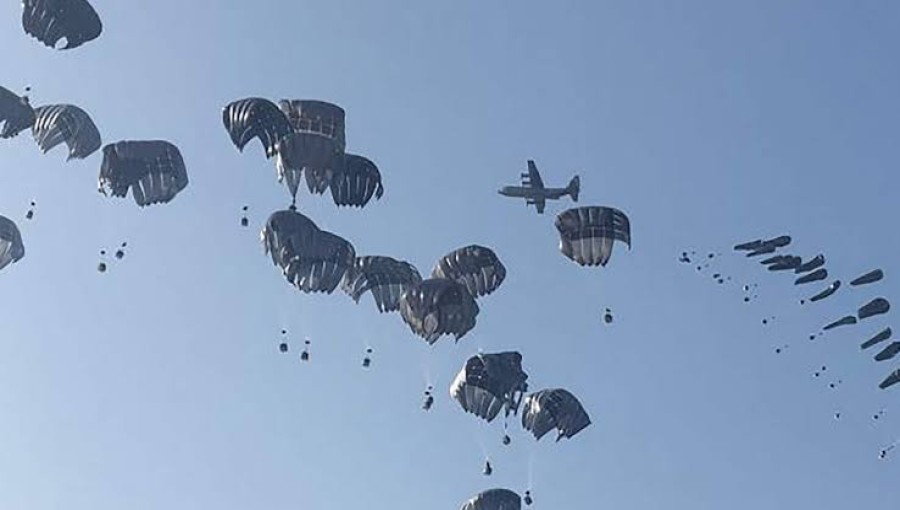



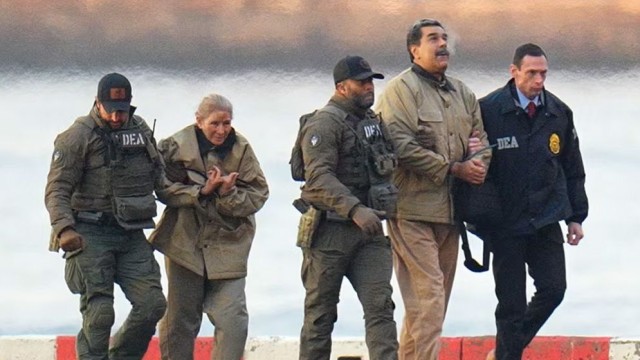






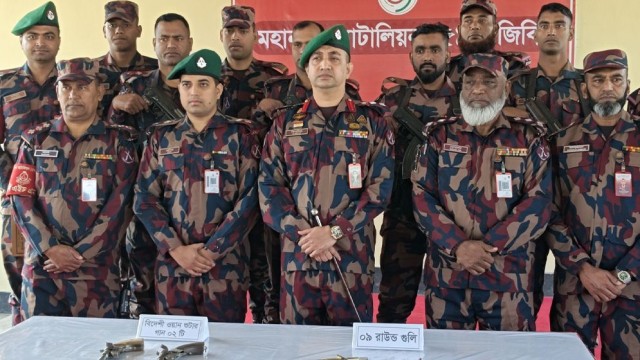








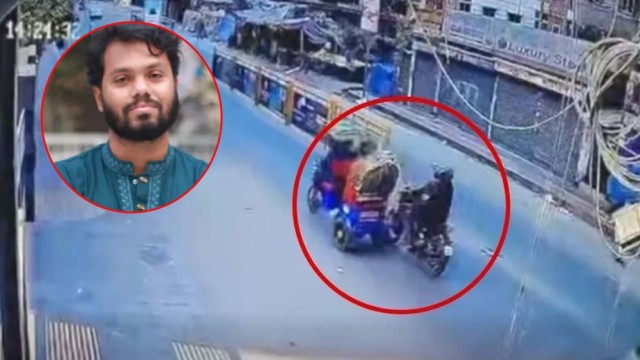


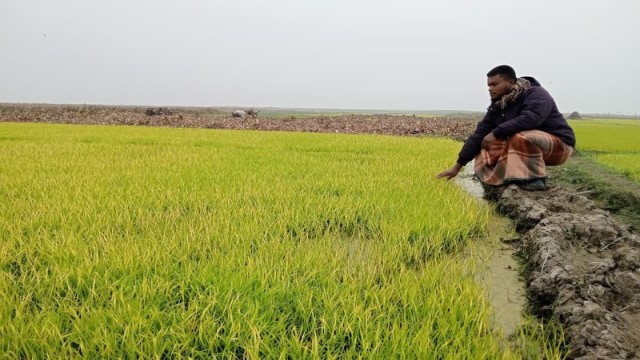
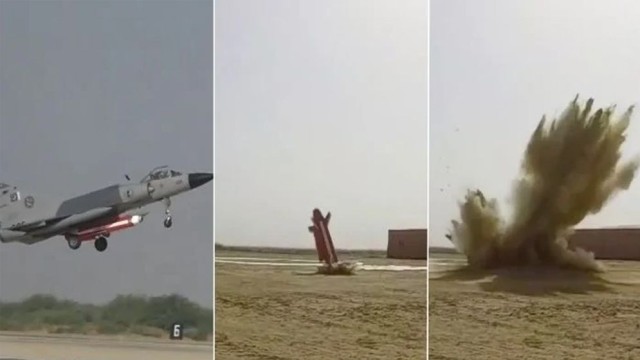


Comment: